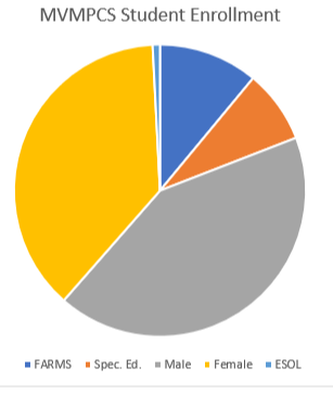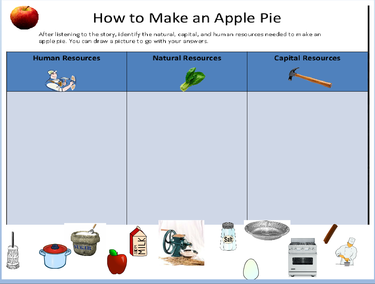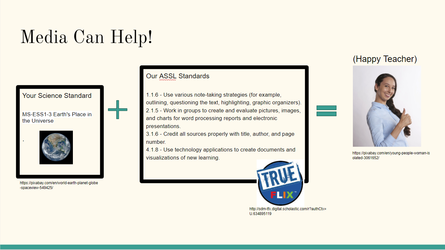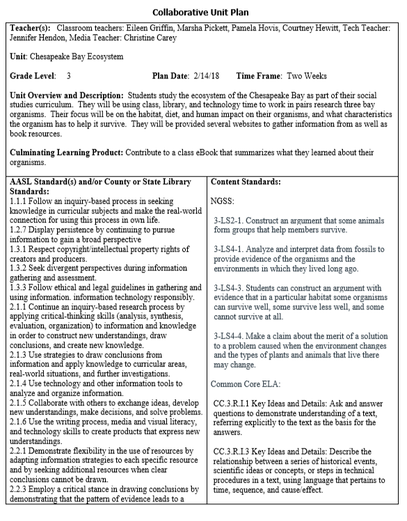Standard 1 - Teaching for Learning
Candidates are effective teachers who demonstrate knowledge of learners and learning and who model and promote collaborative planning, instruction in multiple literacies, and inquiry-based learning, enabling members of the learning community to become effective users and creators of ideas and information. Candidates design and implement instruction that engages students' interests and develops their ability to inquire, think critically, gain and share knowledge.




